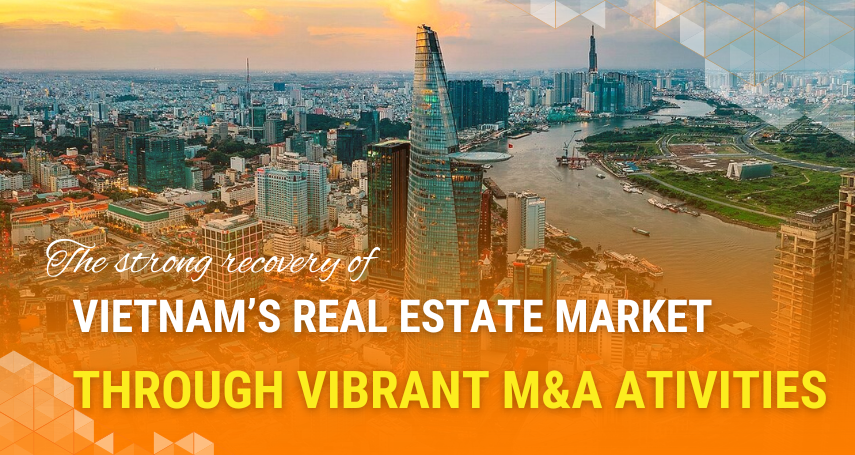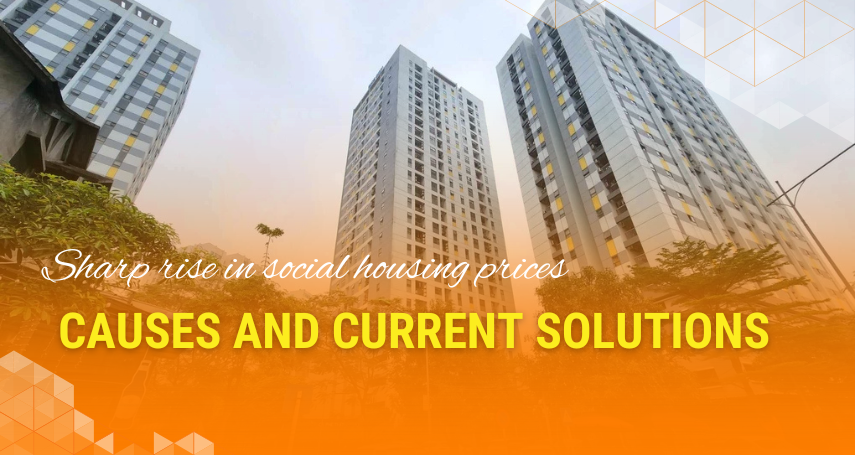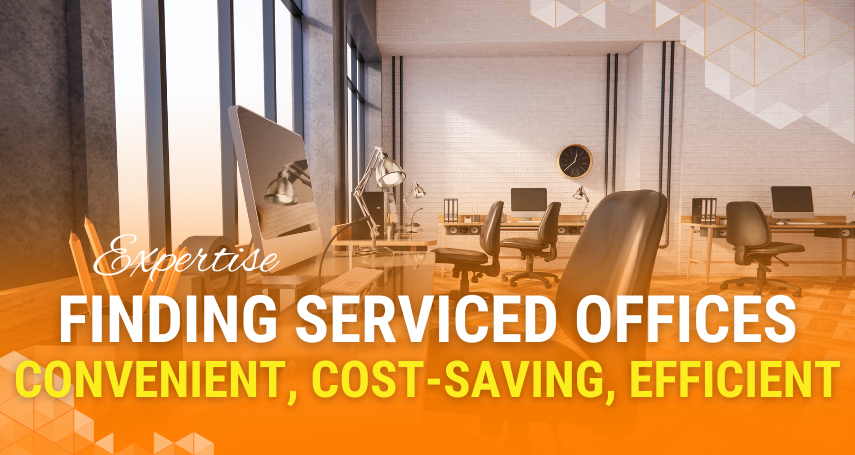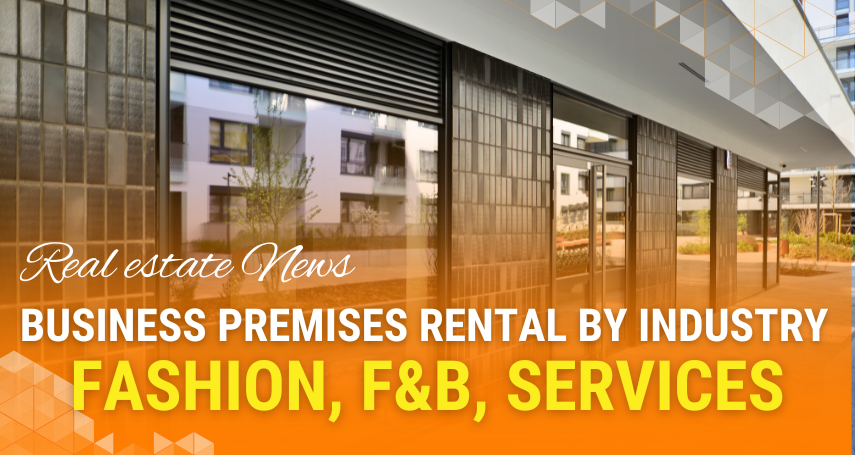When planning to invest in an industrial park, many investors focus only on the initial land or factory rental price and overlook small additional expenses – which, when accumulated, can significantly increase total investment costs. This article compiles insights from real-world cases and legal sources to help you identify hidden costs when investing in industrial parks and build a more accurate financial plan.
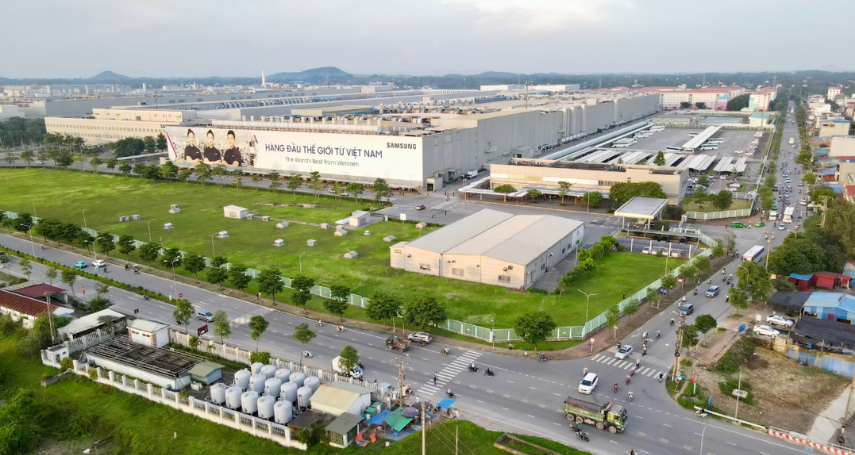
1. Infrastructure Management Fees (Operation and Common Service Fees)
Infrastructure management fees are periodic charges for maintaining internal roads, lighting, security, sanitation, waste collection, and overall park management. These fees are often not clearly stated in advertisements and may be calculated by square meter per year or as a percentage of the contract. If not properly estimated, management fees can become recurring OPEX (Operating Expenses) and directly impact profits.
Contract tip: Request a detailed service fee breakdown, billing cycle (monthly/quarterly/annually), and conditions for fee adjustments.
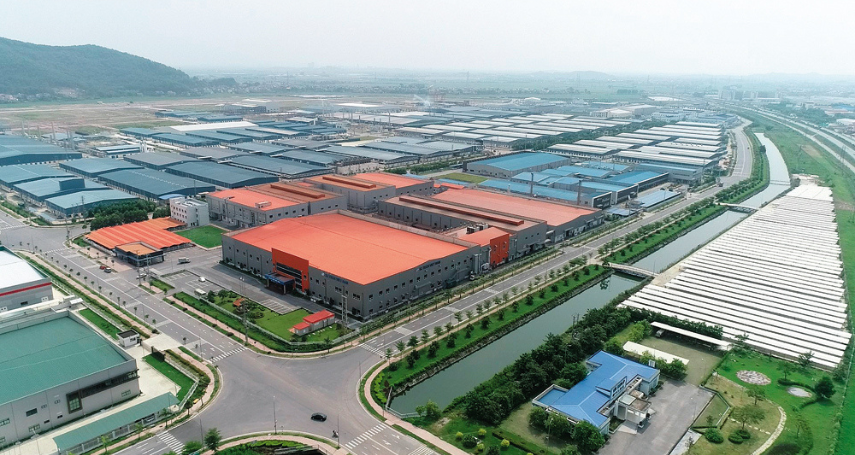
2. Infrastructure Connection Fees (Electricity, Water, Internet, Internal Roads)
When receiving land or factory space, businesses often have to pay connection fees to install high-voltage power, connect clean water lines, internet, or even build internal access roads. While some industrial parks include these in the package, others charge a one-time infrastructure connection fee – adding to initial CAPEX (Capital Expenditures).
Tip: Review the park’s technical handbook and infrastructure map to verify completion level; if possible, negotiate with the developer to cover key connection costs.
3. Wastewater Treatment and Solid Waste Disposal Fees
Wastewater treatment and industrial waste disposal are mandatory OPEX items for manufacturing facilities. Some parks charge based on cubic meters of wastewater or pollution load. If your production generates heavy industrial waste, this cost can be substantial. Choosing between on-site treatment or the park’s shared system involves different cost implications.
Suggestion: Request the current pricing list for wastewater treatment and system capacity; confirm periodic fees and escalation clauses.
4. Legal and Documentation Costs (Licensing, Transfer, Legal Consultation)
Legal costs — such as investment certificate fees, environmental permits, transfer fees, and legal advisory costs — are often underestimated. Hiring lawyers, drafting lease contracts, or handling disputes all generate real expenses. Moreover, administrative delays can create opportunity costs.
Practical advice: Always allocate 5–10% of your projected cost for legal and permitting expenses.
5. Factory Fit-Out and Internal Equipment Costs
Rental prices rarely include fit-out expenses such as flooring, fire protection systems, power distribution, compressors, or production line setup. Fit-out costs can fluctuate depending on industry standards but often account for a major portion of CAPEX. Many investors are shocked to find actual fit-out bills 1.2–1.5 times higher than initial estimates.
Tip: Prepare a detailed cost breakdown, get at least three contractor quotes, and add a 10–15% contingency budget.
6. Maintenance, Upkeep, and Infrastructure Upgrades
Beyond management fees, businesses may bear maintenance costs for privately used facilities (e.g., internal roads, custom waste systems). Over time, the park might upgrade shared infrastructure, passing part of these costs to tenants through additional charges. Long-term maintenance planning helps avoid financial surprises.
7. Labor, Worker Housing, and Welfare Expenses
Industrial investment involves more than land and infrastructure — you must consider recruitment costs, worker accommodation, healthcare, occupational safety, and mandatory welfare programs. These operational expenses are often overlooked in early investment planning.
8. Legal and Environmental Risks (Contingency Costs)
Unexpected risks — such as regulatory changes, new environmental standards, or contaminated soil requiring remediation — can result in major expenses. A contingency fund for potential legal or environmental issues is crucial before committing to an investment.
9. Estimating Total Real Costs – A Simple Example
Suppose you lease 10,000 m² in an industrial park. Beyond rental cost (A), consider adding the following:
-
-
Infrastructure Management Fee (B) = (Rate × m²) × billing cycle
-
Connection + Fit-Out Costs (C) = power, water, PCCC, interior setup
-
Wastewater Fee (D) = per m³ or by pollution level
-
Legal & Paperwork Costs (E), Maintenance (F), and Labor Costs (G)
-
Total first-year cost = A + B + C + D + E + 10% contingency (risk buffer).
10. How to Control and Negotiate Hidden Costs
-
-
Request transparency: Ask for a full breakdown of all fees (management, treatment, escalation conditions) before signing.
-
Negotiate contract terms: Link any fee increases to objective indices (CPI, electricity rates) or set a limit.
-
Compare multiple parks: Costs vary widely between parks; compare to choose the most cost-efficient option.
-
Check the park’s systems: A well-equipped wastewater system saves you from building your own.
-
Plan financial reserves: Keep at least 10–15% CAPEX and 5–10% OPEX as a contingency buffer.
-

Successful industrial park investment is not just about choosing the right location or lease price. Recognizing hidden costs in industrial park investment — from infrastructure management and connection fees to legal and fit-out expenses — determines your project’s real profit margin. Creating a detailed cost spreadsheet, collecting multiple quotations, and including a risk buffer in your financial plan are essential before signing any contract.
You may be interested in:

